CONTEXT:
Depth perception is an important component in many augmented reality (AR) applications. It is, however, affected by multiple error sources. Most studies on stereoscopic AR have focused on the personal space whereas we address the action space (at distances beyond 2 m; in this study 6-10 m) using a video see-through display (HWD). This is relevant for example in the navigation and architecture domains.
OBJECTIVE:
For design guideline purposes there is a considerable lack of quantitative knowledge of the visual capabilities facilitated by stereoscopic HWDs.
To fill the gap two interrelated experiments were conducted: Experiment 1 had the goal of finding the effect of viewing through a HWD using real objects while Experiment 2 dealt with variation of the relative size of the augmentations in the monoscopic and binocular conditions.
METHOD:
In Experiment 1, the participants judged depths of physical objects in a matching task using the Howard-Dolman test. The order of viewing conditions (naked eyes and HWD) and initial positions of the rods were varied.
In Experiment 2, the participants judged the depth of an augmented object of interest (AOI) by comparing the disparity and size to auxiliary augmentations (AA). The task was to match the distance of a physical pointer to same distance with the AOI. The approach of using AAs has been recently introduced (Kytö et al. 2013). The AAs were added to the scene following literature-based spatial recommendations.
RESULTS:
The data from Experiment 1 indicated that the participants made more accurate depth judgments with HWD when the test was performed first with naked eyes. A hysteresis effect was observed with a bias of the judgments towards the starting position.
As for Experiment 2, binocular viewing improved the depth judgments
of AOI over the distance range. The binocular disparity and relative size interacted additively; the most accurate results were obtained when the depth cues were combined. The results have similar characteristics with a previous study (Kytö et al. 2013), where the effects of disparity and relative size were studied in X-Ray visualization case at shorter distances.
Comparison of the two experiments showed that stereoscopic depth judgments were more accurate with physical objects (mean absolute error 1.13 arcmin) than with graphical objects (mean absolute error 3.77 arcmin).
NOVELTY:
The study fills the knowledge gap on exocentric depth perception in AR by quantitative insight of the effect of binocular disparity and relative
size. It found that additional depth cues facilitate stereoscopic perception significantly. Relative size between the main and auxiliary augmentations turned out to be a successful facilitator. This can be traced to the fact that binocular disparity is accurate at short distances and the accuracy of relative size remains constant at long distances. Overall, these results act as guidelines for depth cueing in stereoscopic AR applications. |
